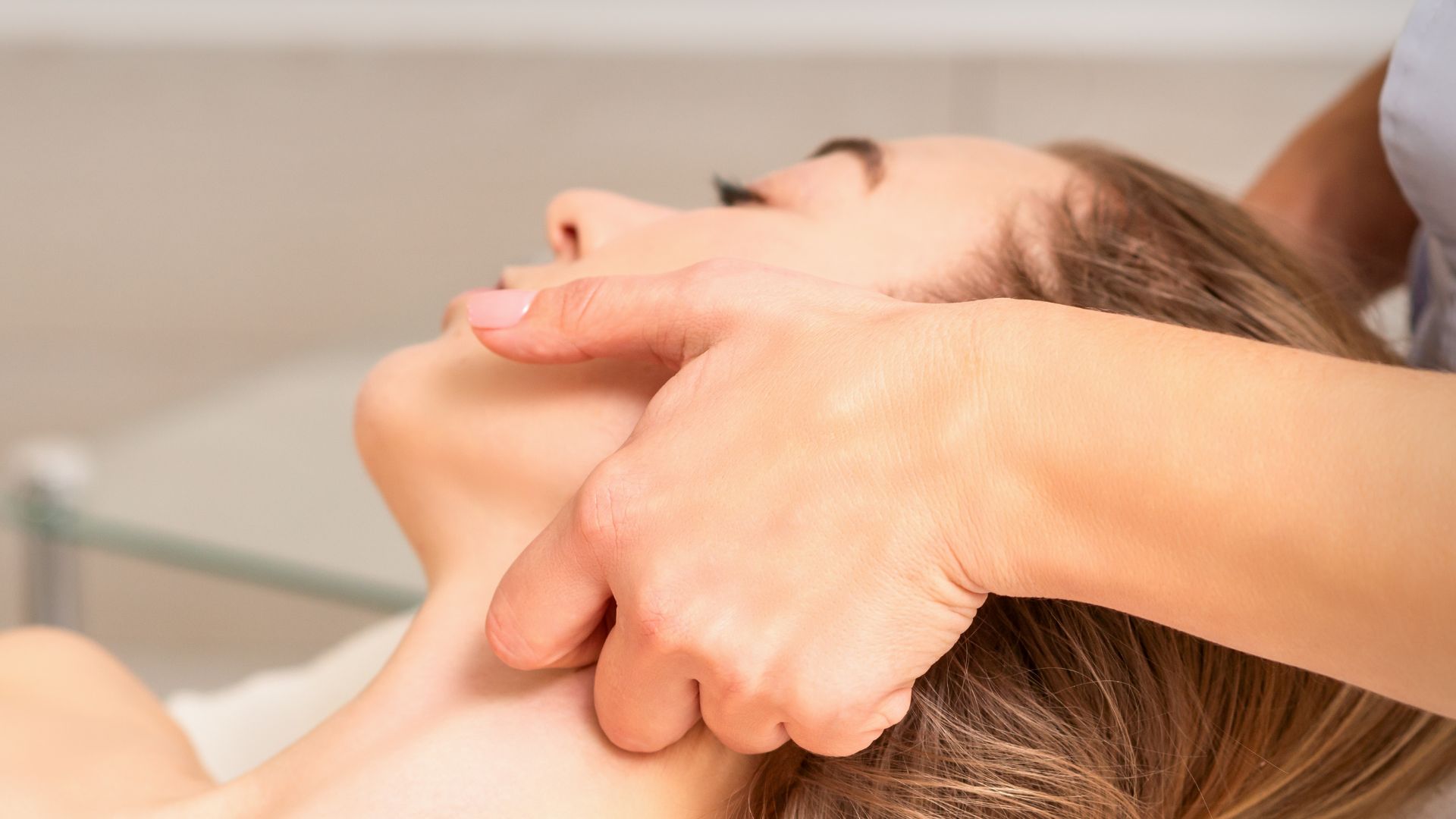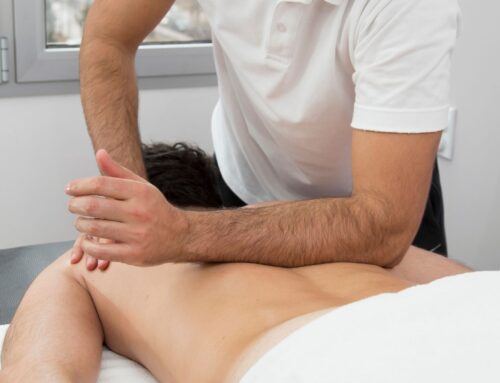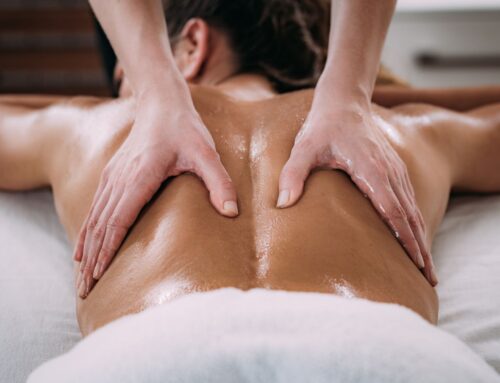Lymphatic drainage massage has been gaining popularity for its ability to promote overall wellness and healing. This therapeutic massage, rooted in ancient healing practices, is designed to stimulate the lymphatic system, bolstering the body’s natural detoxification process and enhancing the immune system.
In this blog, we will delve into the world of lymphatic drainage massage, exploring its benefits, techniques, and its role in supporting a healthy, balanced lifestyle.
Table of Contents:
- What is the lymphatic system?
- How lymphatic drainage massage works
- Lymphatic drainage massage techniques
- The benefits of lymphatic drainage massage
- Conclusion
What is the Lymphatic System?
The lymphatic system is a network of tissues, vessels and organs that work together to move a colorless, watery fluid called lymph back into your circulatory system (your bloodstream).i
When blood flows through the blood vessels and capillaries of the body, the majority returns to the heart via veins once it delivers nutrients. However, approximately three litres enter the body’s tissues. It is the lymphatic system’s job to return the fluid back to the bloodstream.
In addition to maintaining fluid levels in the body, the lymphatic system also absorbs fats from the digestive tract, protects the body against foreign invaders and transports waste products to be eliminated from the body.ii
You may also enjoy reading: The Benefits of Myofascial Release Massage
How Lymphatic Drainage Massage Works
Lymphatic drainage massage is a specialized technique that involves gentle, rhythmic strokes to stimulate lymphatic flow. Lymph is directed towards the lymph nodes, where toxins and waste are filtered out.
The massage is typically performed by a trained therapist who applies mild pressure using their hands or specialized tools. Unlike traditional massages, lymphatic drainage massage focuses on precise movements that follow the natural direction of lymphatic flow.
You may also enjoy reading: What is Deep Tissue Massage
Lymphatic Drainage Massage Techniques
Trained therapists use a variety of techniques to perform lymphatic drainage massage. Some of the key techniques include:
- Manual Lymphatic Mapping: Before commencing the massage, the therapist will gently palpate the lymph nodes to assess the lymphatic flow and identify any blockages or areas that require special attention.
- Stationary Circles: The therapist uses flat hands with gentle pressure to create circular movements on the skin, activating the lymphatic vessels in that region.
- Pumping Movements: The therapist employs a pumping motion, starting from the proximal end of the limb (near the torso) and moving towards the distal end (away from the torso), to facilitate lymph flow.
- Cross-Hand Movements: This technique involves using both hands to create criss-cross movements over the skin, effectively stimulating the lymphatic flow in multiple directions.
- Deep Abdominal Strokes: The therapist uses light, circular strokes on the abdomen to encourage lymphatic drainage from the abdominal organs.
You may also enjoy reading: The Benefits of Swedish Massage
The Benefits of Lymphatic Drainage Massage
- Improve Range of Motion in Musculoskeletal Injuries: When a site on the body is injured, the natural response is for inflammation to occur which increases the amount of flow into blood vessels. This causes swelling, known as edema, which brings white blood cells to heal the area and repair the tissue. However, if this swelling or edema lingers for a long while, the individual may experience stiffness, pain and even decreased function in the affected area. Lymphatic drainage massage can stretch the skin and help the lymph fluid to empty from the area. It can also reduce pain by blocking messages from being transported to the brain and can increase range of motion.iii
- Improve Lymphatic Flow: By improving lymph flow, this massage can help reduce inflammation in the body. This can be particularly beneficial for individuals with chronic inflammatory conditions like migraines. In certain individuals, inflammation of the meninges which are the protective membranes surrounding the brain and spinal cord, can cause migraines. After receiving both traditional massage (TM) and lymphatic drainage (LD), individuals experienced migraines at a much lower frequency, needed to use less pain-relieving drugs and had lower depression scores than those not treated with any form of massage.iv
- Reduced Edema and Swelling: As mentioned in the section on musculoskeletal disorders, lymphatic drainage massage can significantly reduce edema, a condition characterized by fluid retention and swelling, particularly in the limbs. It is particularly beneficial for pregnant women, individuals recovering from surgery, or those suffering from conditions like lymphedema. Impaired lymphatic drainage is uncomfortable, painful at times, and can also serve as a medium for growth of bacteria that dampens the immune system response potentially leading to infection.v The good news is that lymphedema can be treated.
You may also enjoy reading: Myofascial Trigger Points and Back Pain
Conclusion
Lymphatic drainage massage is a gentle yet powerful therapeutic technique that can have a profound impact on our overall well-being. By supporting the lymphatic system’s vital functions, it aids in detoxification, reduces swelling, boosts immunity, and promotes relaxation.
Whether you’re recovering from surgery, seeking relief from inflammation, or simply aiming to maintain optimal health, lymphatic drainage massage could be a valuable addition to your wellness routine. However, before undergoing any form of massage, it’s essential to consult a healthcare professional to ensure it is safe for your individual health needs.
Incorporating regular lymphatic drainage massages into your life can be a rewarding journey towards improved physical and emotional health, providing your body with the healing touch it deserves. Remember, true wellness is a harmonious balance of body and mind, and this massage technique offers a pathway towards achieving just that.
You may also enjoy reading: Thai Massage Services
References
[i] Lymphatic System, Cleveland Clinic
[ii] professional, C. C. medical. (n.d.). Lymphatic system: Parts & Common Problems. Cleveland Clinic.
[iii] Provencher, A.-M., Giguère-Lemieux, É., Croteau, É., Ruchat, S.-M., & Corbin-Berrigan, L.-A. (2021). The use of manual lymphatic drainage on clinical presentation of musculoskeletal injuries: A systematic review. Complementary Therapies in Clinical Practice, 45, 101469. https://doi.org/10.1016/j.ctcp.2021.101469
[iv] Happe, S., Peikert, A., Siegert, R., & Evers, S. (2016). The efficacy of lymphatic drainage and traditional massage in the prophylaxis of Migraine: A randomized, controlled parallel group study. Neurological Sciences, 37(10), 1627–1632. https://doi.org/10.1007/s10072-016-2645-3
[v] Szuba, A., & Rockson, S. G. (1998). Lymphedema: Classification, diagnosis and therapy. Vascular Medicine, 3(2), 145–156. https://doi.org/10.1191/135886398674160447
Written by









